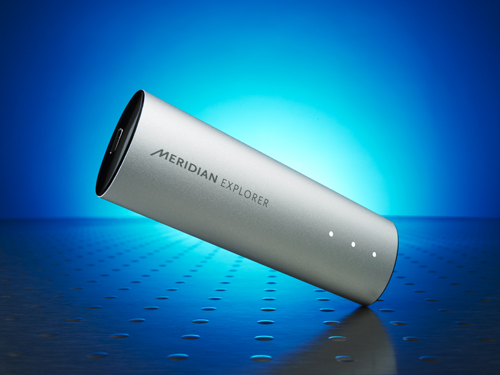

It looks awful and doesn’t feel much better. But then, beyond the crowdfunding campaign, and the occasional appearance on Amazon, I was never able to figure out how I was supposed buy a specific version of one (short of buying used, which is what I ultimately did). I’m not actually sure about the pricing on this. The basic features include a high-quality ESS Sabre-based DAC coupled with an amplifier offering multiple levels of gain, yielding different potential power-output levels (100 mw, 450mw and 1000mw), three different digital filters, balanced (3.5mm T RRS) and single-ended (3.5mm TRS) outputs, independent micro-USB signal and power connections and a decently sized internal battery. value are based on these MSRP figures.Ĭommentary here will address features, ergonomics, packages, and other basic information, but will not cover how they sound those comparisons get their own section. Prices are based on manufacturer’s current claims so it’s entirely possible that they will differ from what you’ll actually pay. I’ve listed these in order of descending price. And to maintain as much relevance to as many SBAF members as possible, I used the HD-650 as a baseline there, but I’ll include notes on how things faired with more demanding cans as well and as appropriate.

However, I also let them loose on my full-size cans to determine broader relevance and capability. Most of my critical listening on these units was done with the Shure SE846 and original ER4-S, with a quick round of impressions using the Campfire Audio Vega, in keeping with their nominally portable-bias. And a final post will include some comparisons to other players/DAPs. The third will cover comparisons to the Schiit Modi Multibit etc. The second will be a focused on sound and results, and will likely received additional “color commentary” - this will be the most useful I expect. The first (this one) will cover the overview and core information for the above units. This has resulted in this being a rather long write-up (single-post-breakingly long) and, as a result, I’m going to break it up into several posts, over a couple of days. The extra bits being Schiit’s Modi multi-bit and the Apple Lightning to 3.5mm dongle.
#Meridian explorer dac vs dragonfly portable#
So, what was going to be a relatively focused review is now a five-way portable DAC/amp comparison, with a couple of extra bits in for reference/comparison: A little time with this meant it wouldn’t really be cricket to not include this in the comparison as well. Next I picked up a Geek Out V2+ Infinity, a unit I’d been wanting to hear for a while but had never gotten my head around actually managing to buy. So, I figured I’d include it in my comparison with the iFi unit. This proved to be quite the diversion (more about that in another thread), but on top of the MQA aspect the Explorer 2 turned out to be interesting enough to warrant more commentary. This works, but is obviously not ideal, as if I forget to do this before playing audio, I get my ears blasted off with output at 100% volume.My intent when I started this was to do a review of the iFi Audio Micro iDSD Black Label, with very high-level comparisons to Chord’s Mojo and the AudioQuest Dragonfly Red and, maybe, a Schiit Modi MB for good measure (and as a well-known reference point).įirst, Tidal started streaming MQA content, and I picked up a Meridian Explorer 2 to have a cheap/convenient way to explore MQA a bit. Right now, I'm having to make sure I adjust the volume after plugging in the DAC before playing music, even if it's by just 1% (using pamixer).

I'm using Void Linux, which uses the runit init system instead of systemd, so the only changes I've made to the default 0.3.24 configs is to uncomment the nf line in pipewire. Expected Results:Īudio should play at the reported restored volume of 20%, instead of 100%. Playing music via mpd (PulseAudio output) results in sound coming out of the headphones at 100% volume.


 0 kommentar(er)
0 kommentar(er)
